12 Biggest Mistakes People Make When Preparing Chicken Salad
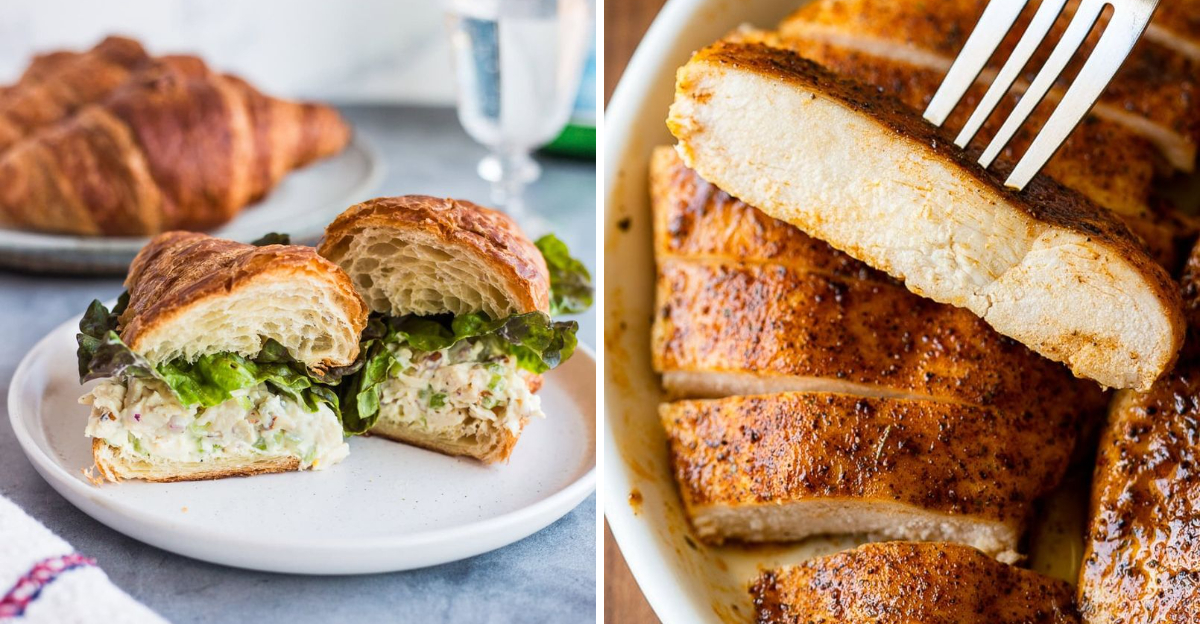
Because dry chicken and bland mayo blobs should never be part of your lunch. Chicken salad should be creamy, flavorful, and satisfying—not a dry, mushy mess. But even seasoned cooks can trip up on this classic. Here are the most common mistakes people make when prepping chicken salad—and how to fix them for good.
1. Using Dry, Overcooked Chicken
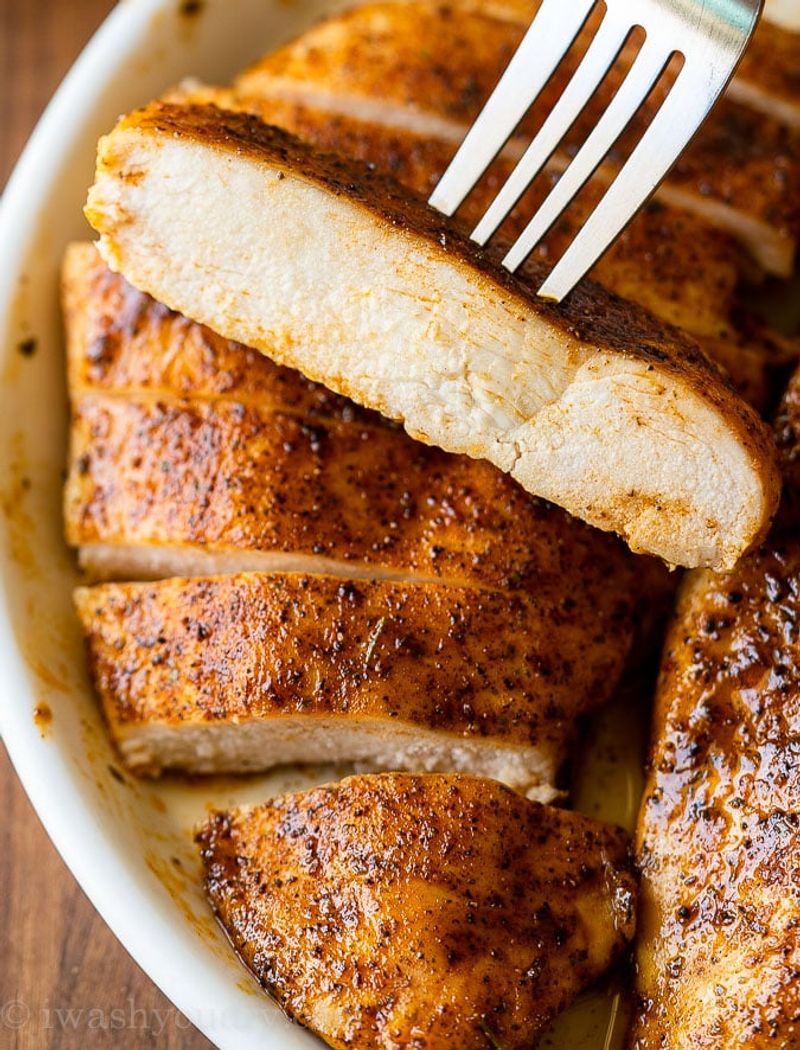
Nothing ruins chicken salad faster than chalky, stringy meat. Poach, roast, or use leftover rotisserie chicken to keep it tender and juicy.
When preparing chicken, gentle cooking methods preserve moisture. Poaching in broth or roasting with care yields a deliciously moist result. For convenience, rotisserie chicken offers both flavor and tenderness.
Avoiding overcooking ensures each bite is a delight, not a chore. A tender chicken base is the foundation of a perfect salad.
2. Not Letting the Chicken Cool First
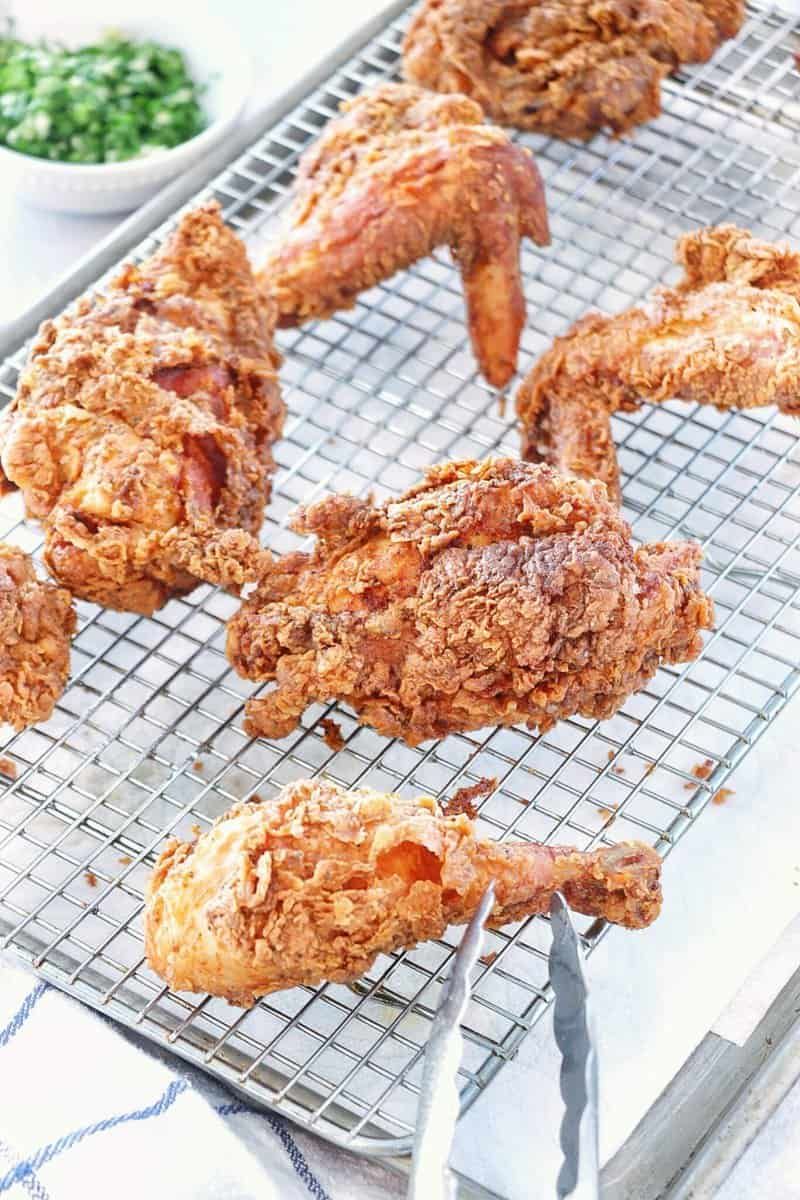
Mixing hot chicken with mayo equals oily, separated dressing. Let it cool completely for a creamy, stable result.
Cooling ensures the dressing adheres properly, creating a cohesive dish. Patience is key; let the chicken rest until it’s no longer steaming.
This step is crucial for texture and taste, as it prevents the mayonnaise from breaking down, ensuring a smooth blend.
3. Skipping the Seasoning
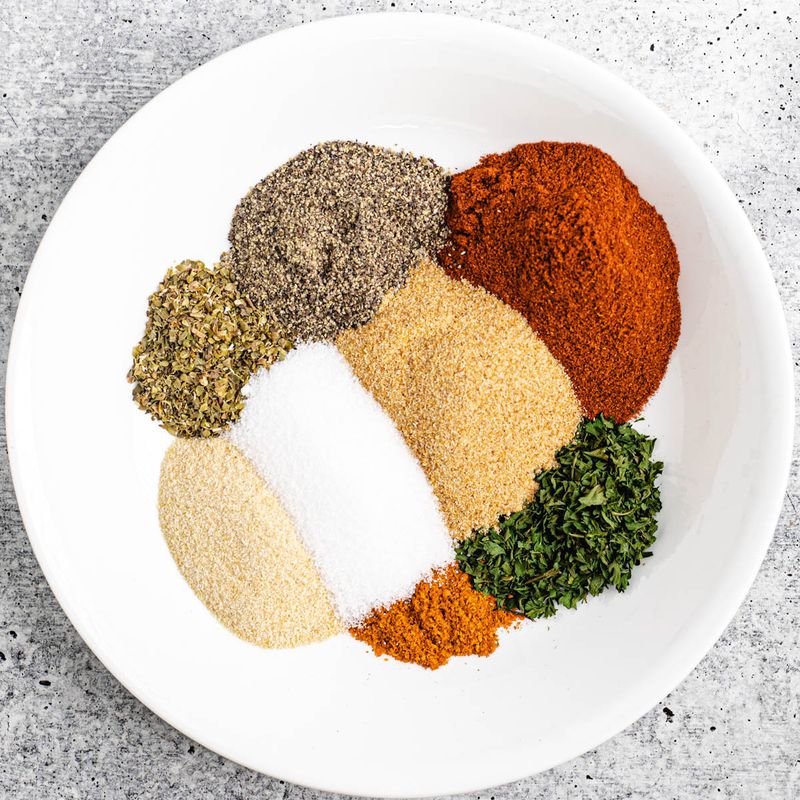
Salt, pepper, maybe a dash of garlic powder or paprika—don’t just rely on mayo to carry the flavor. Season each component.
Proper seasoning enhances natural flavors and prevents blandness. A little spice goes a long way in transforming the dish.
Each ingredient should contribute to a harmonious taste profile, ensuring every bite is flavorful and satisfying.
4. Going Overboard with Mayo
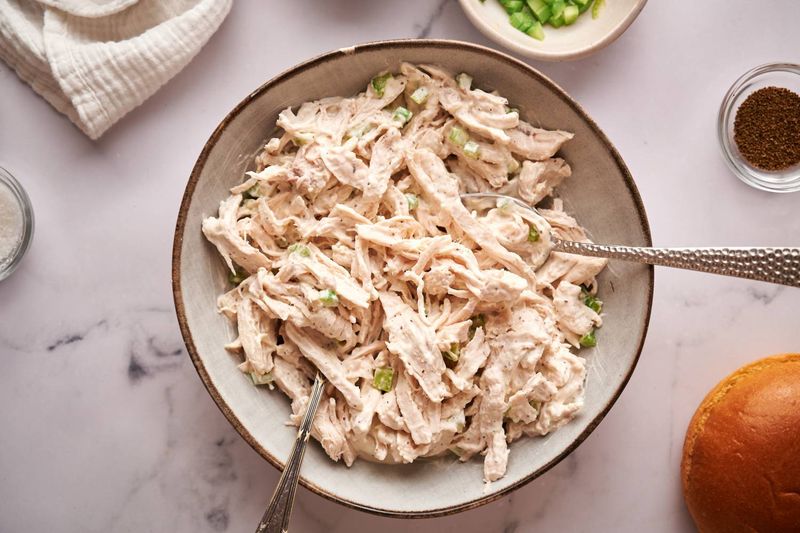
Too much mayo drowns the salad and makes it gloppy. Start with less and add more only if needed.
A balanced approach keeps the salad light and enjoyable. The mayo should complement the ingredients, not overpower them.
Finding the right ratio creates a creamy, delightful texture without overwhelming flavors, enhancing the overall experience.
5. Forgetting Texture
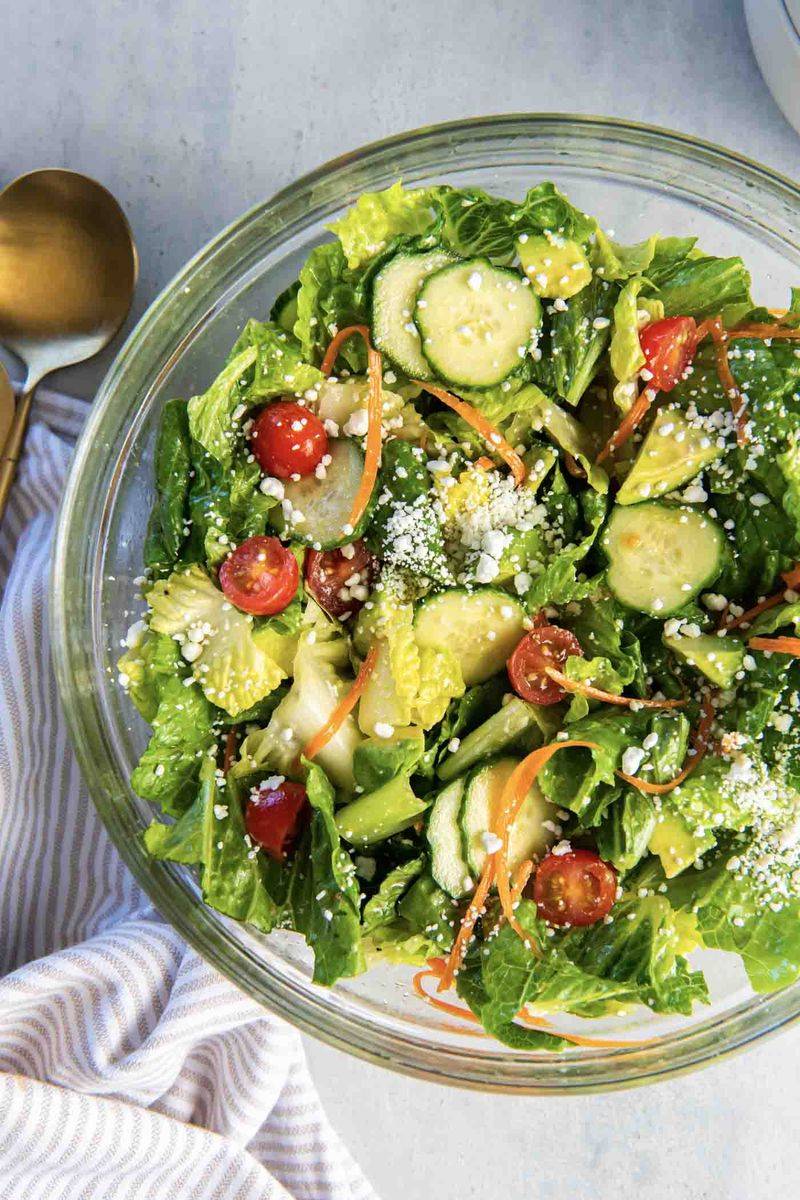
Crunch matters. Add celery, nuts, grapes, apples, or red onion for contrast. Soft on soft is boring.
Texture variety elevates each bite, combining crunch with creaminess. This mix adds interest and complexity to the dish.
Incorporating a range of textures prevents monotony and enriches the salad’s allure, making every mouthful exciting.
6. Using Plain, Unseasoned Chicken
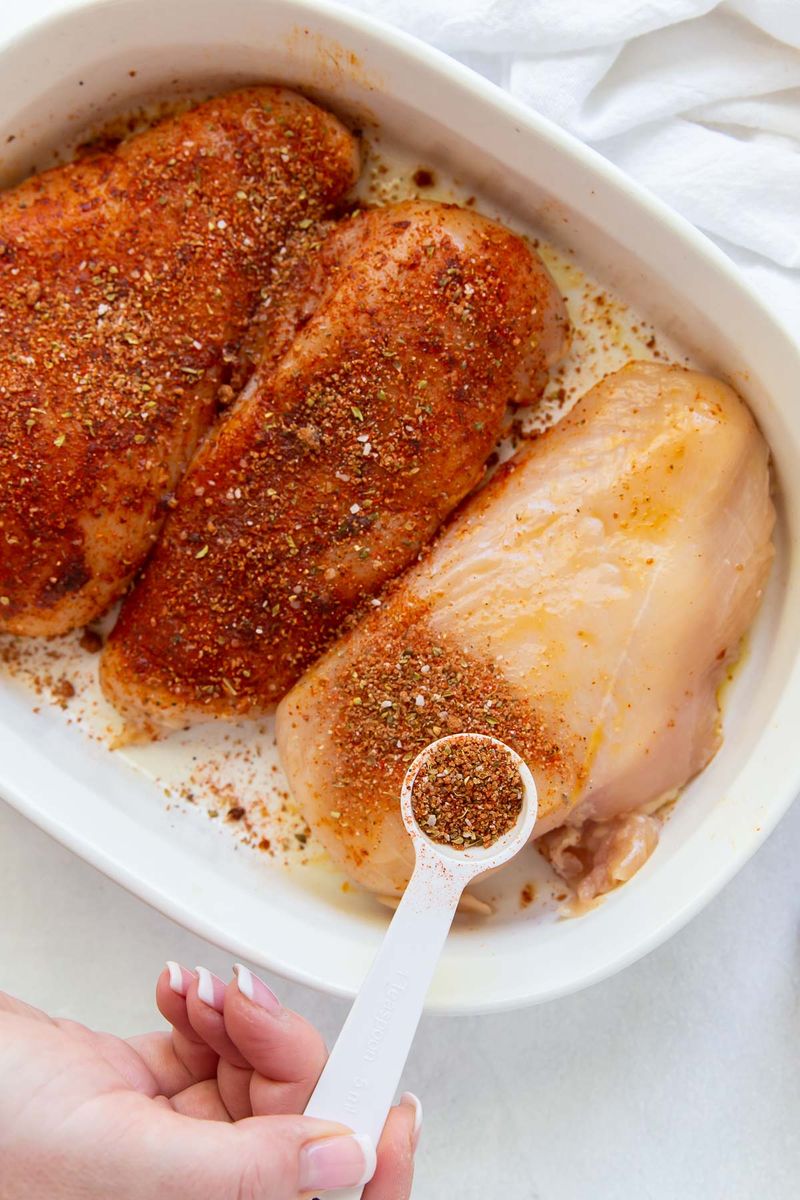
If your chicken is bland to start, no amount of mixing will save it. Season it well before cooking.
Pre-seasoned chicken enhances the entire salad, ensuring each piece is tasty and well-integrated.
Seasoning before cooking locks in flavors, providing a rich depth to the dish that resonates in every bite, making it truly unforgettable.
7. Cutting Everything Too Big (or Too Small)
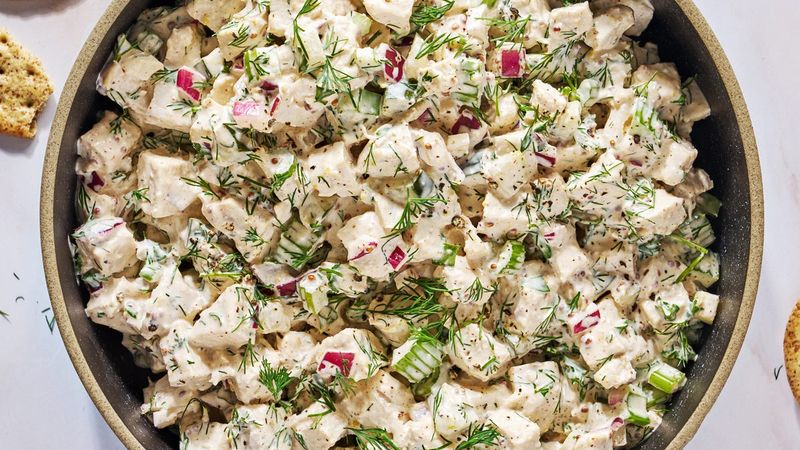
Huge chunks are hard to eat, while tiny ones turn into mush. Aim for bite-sized and uniform pieces.
Properly sized ingredients ensure a pleasant eating experience, making the salad easy to enjoy.
Uniformity in cutting provides consistency, allowing flavors to meld perfectly without dominating the dish.
8. Not Adding an Acid
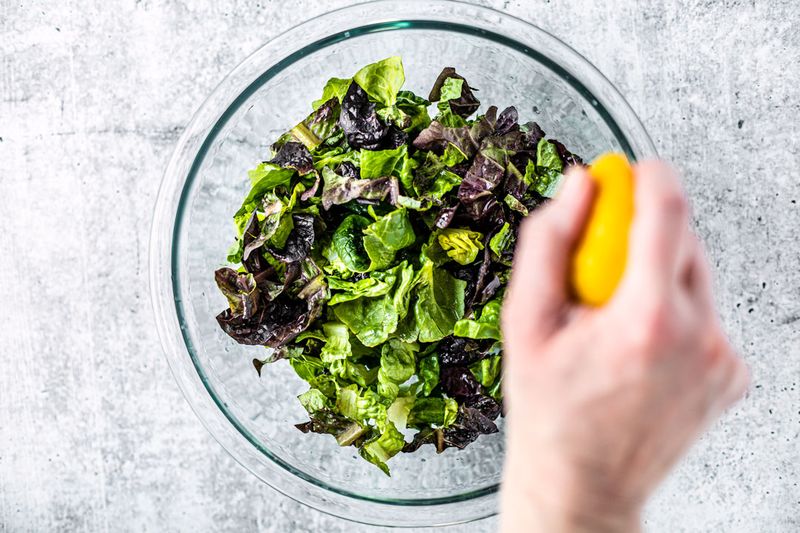
A splash of lemon juice, vinegar, or even pickle brine brightens everything and cuts through the richness.
Acids enhance flavors, adding a refreshing element that lifts the dish.
Balancing richness with acidity creates a dynamic taste experience, ensuring the salad is vibrant and appealing.
9. Skipping Fresh Herbs
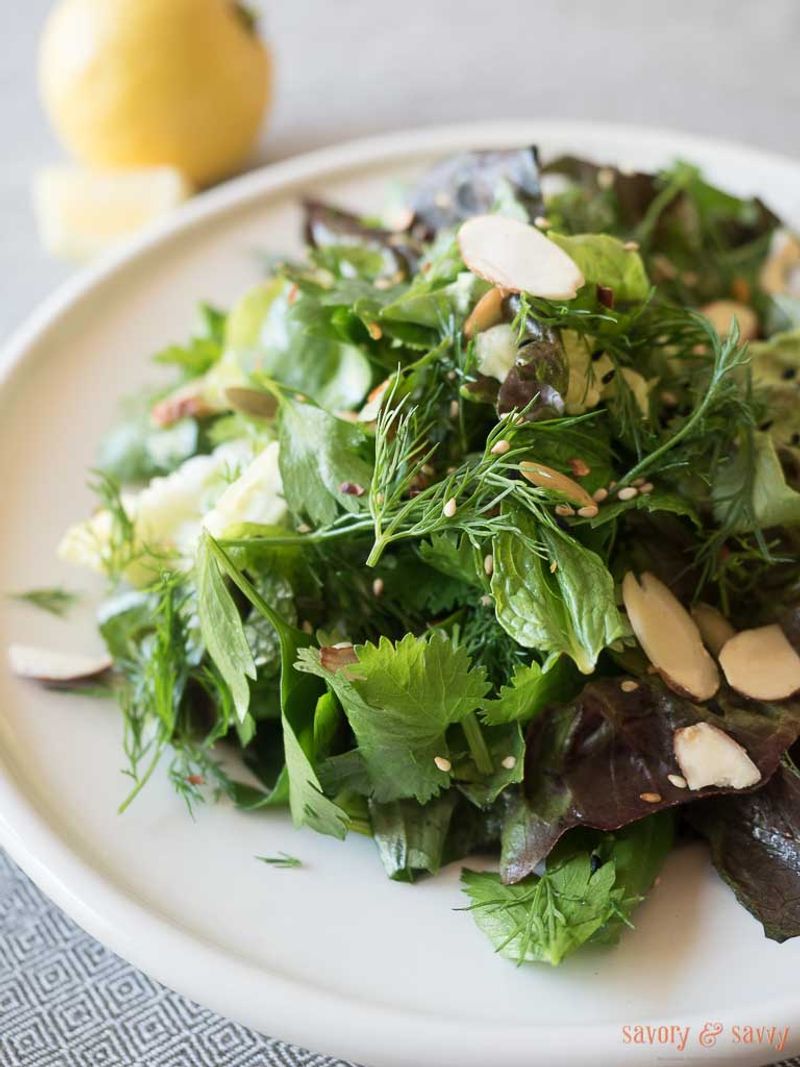
Parsley, dill, or tarragon bring life to your chicken salad. Even a bit of green onion helps.
Herbs infuse natural aromas, elevating the dish with their fresh, green essence.
Incorporating herbs adds complexity and a burst of flavor, turning a simple salad into a gourmet delight.
10. Letting It Sit Too Long
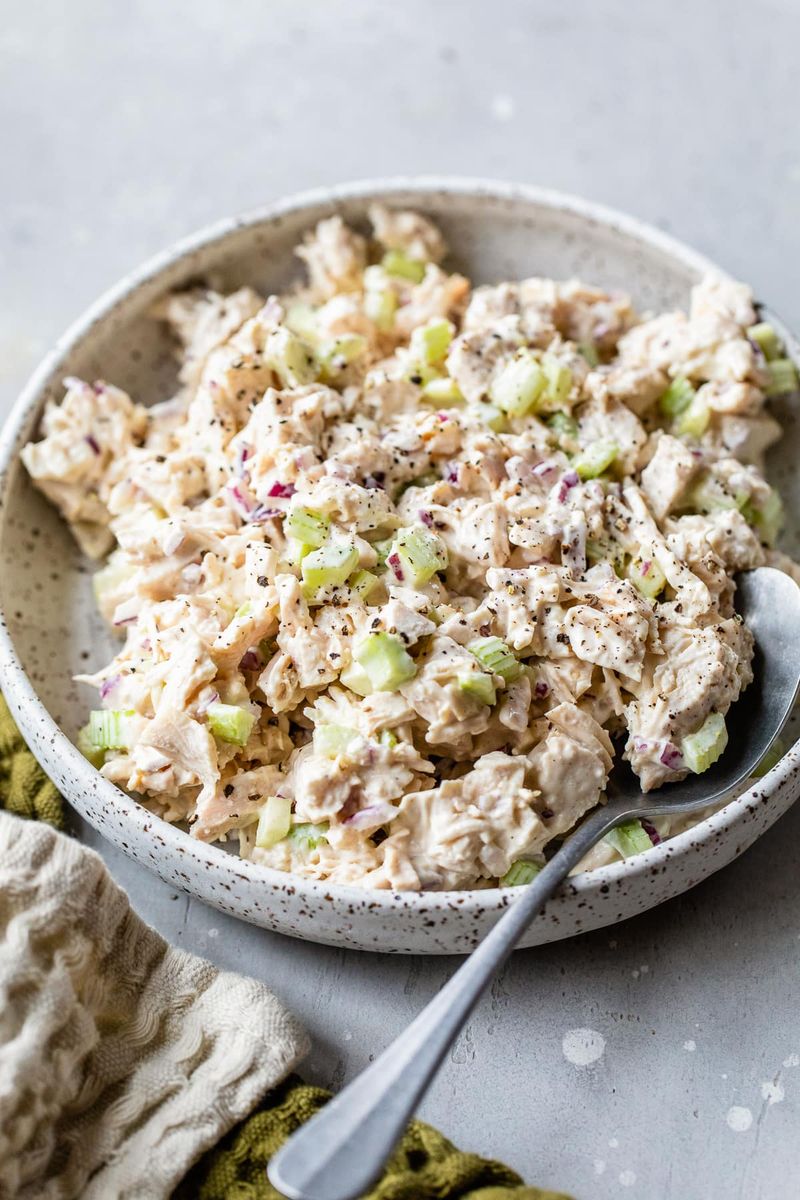
Yes, it tastes better after chilling—but leave it too long and the texture breaks down. It’s best within 2–3 days.
Over time, ingredients can become soggy, diminishing quality and flavor.
Enjoying the salad in its prime ensures maximum freshness and taste, preserving its intended texture and appeal.
11. Using Sweet Relish (When You Didn’t Mean To)
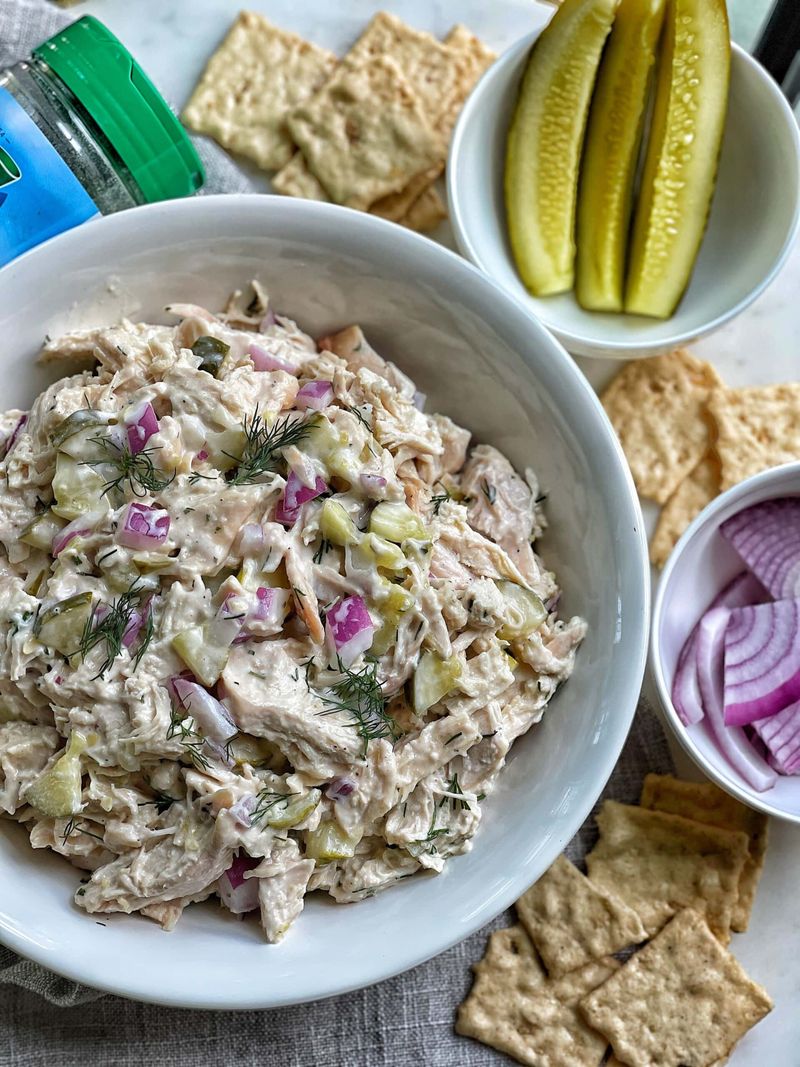
If you’re not after a sweet version, go easy on sweet relish or Miracle Whip—use dill pickles or Dijon for a savory twist.
Choosing the right condiment transforms the flavor profile, aligning with your taste preference.
A savory base provides a balanced palate, ensuring the salad meets your expectations and culinary vision.
12. Serving It with the Wrong Bread (or None at All)
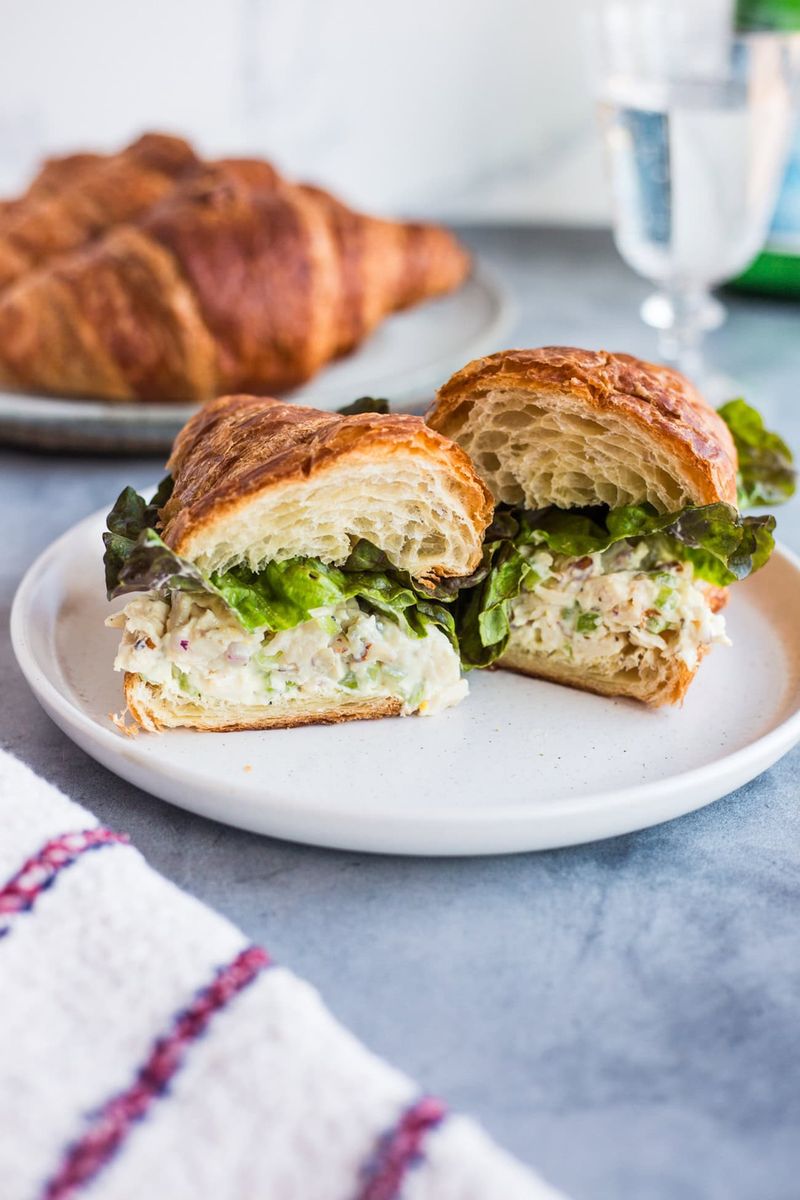
Plain white bread gets soggy fast. Go for toasted sourdough, croissants, lettuce wraps, or crackers for crunch and structure.
Selecting the right accompaniment enhances the salad’s presentation and overall enjoyment.
Pairing with suitable bread or substitutes provides texture contrast, making the meal more satisfying and complete.
